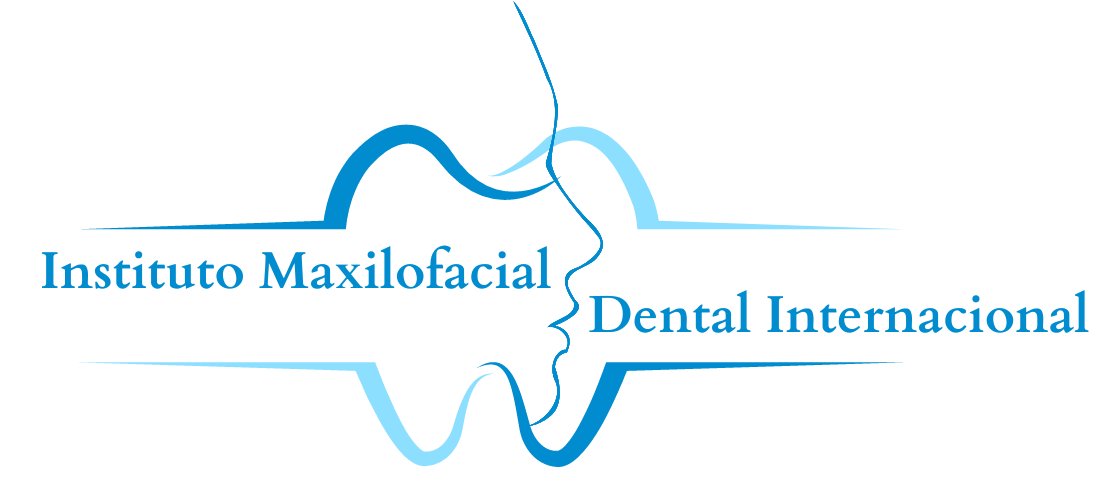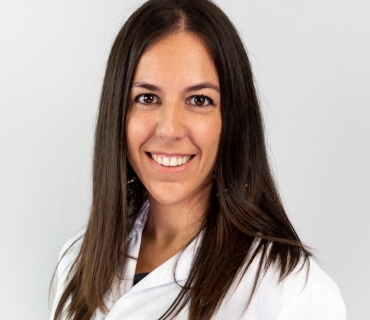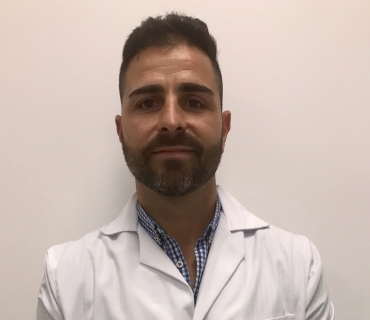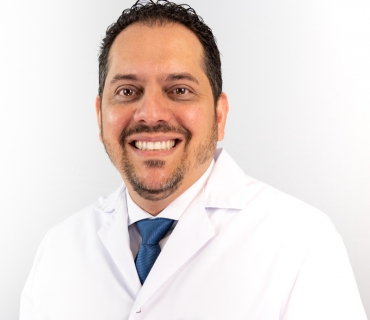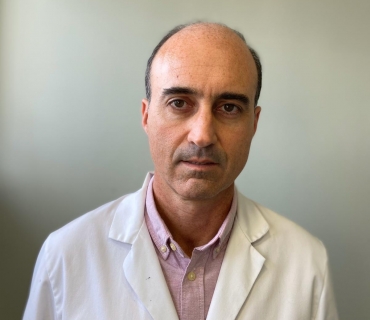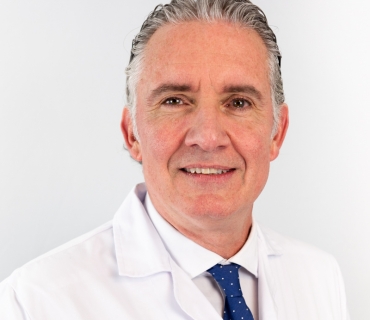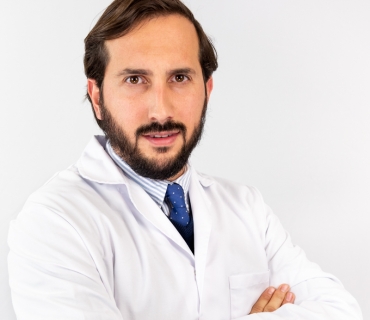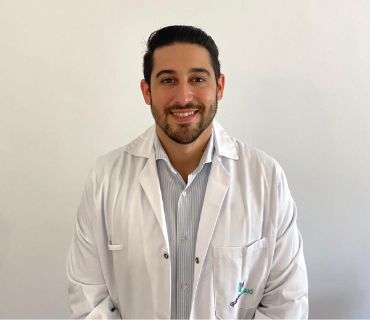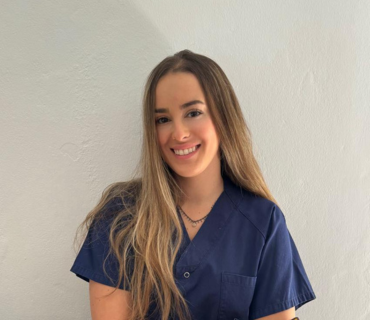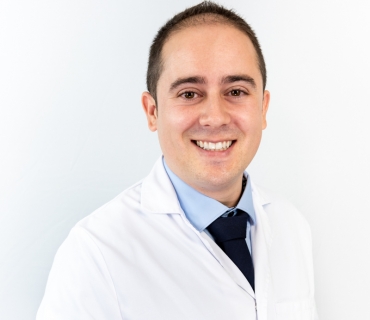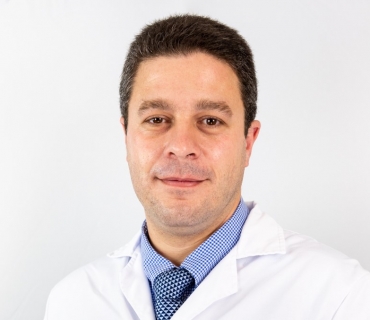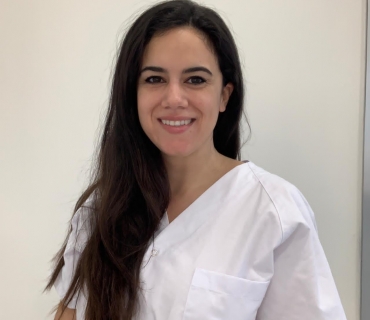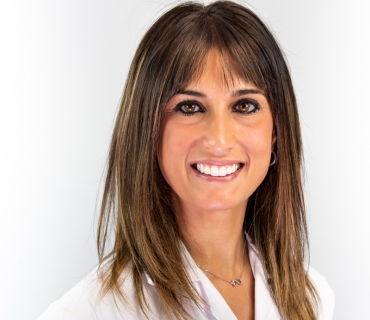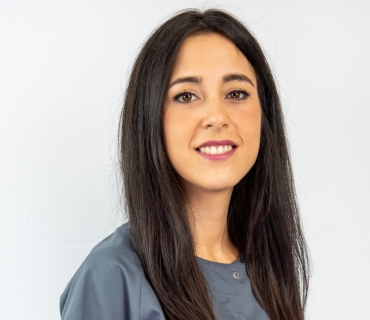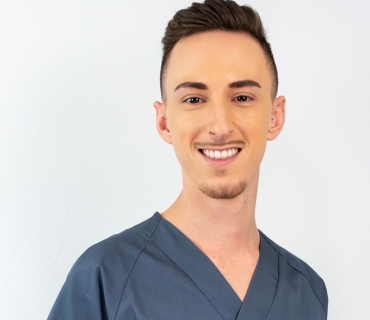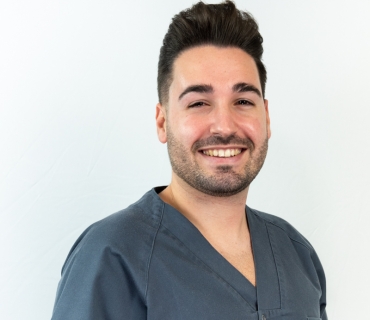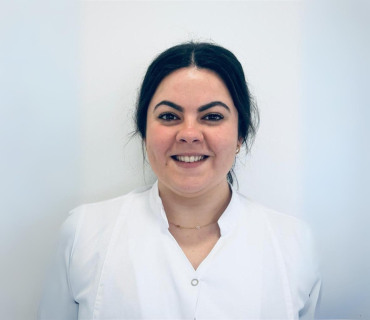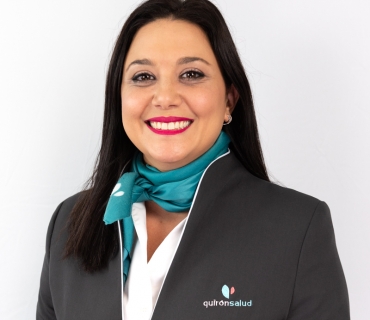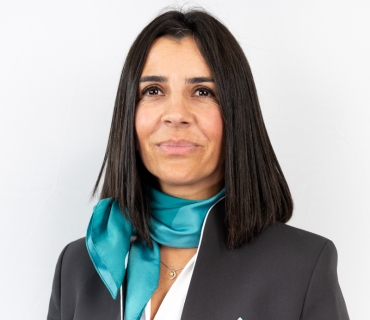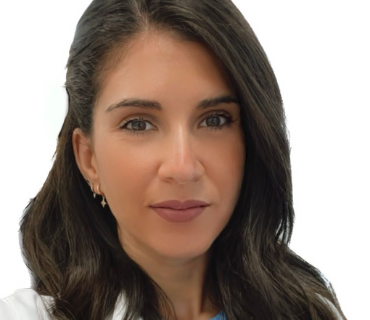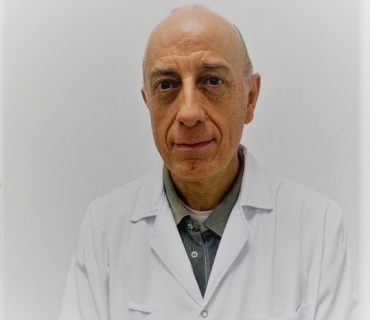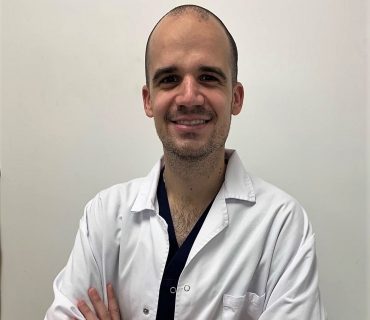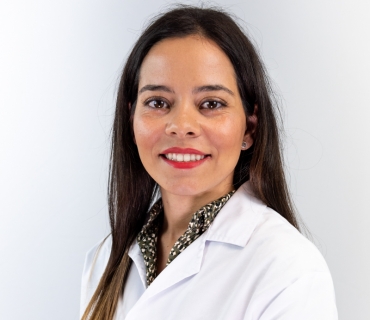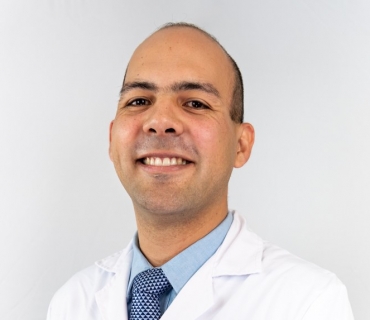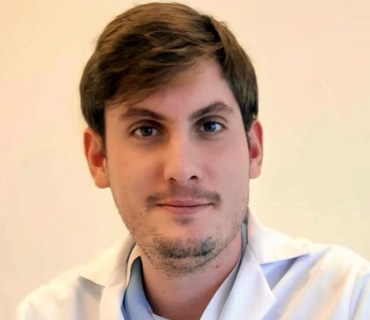ODONTOLOGY

COMPREHENSIVE DENTISTRY
It is understood as a global and personalized dental treatment, taking into account all the factors involved in your oral diagnosis. Its objective is the general care of the oral cavity, from the prevention of dental problems to their solution. Its objective is to work comprehensively with all the specialties of conventional dentistry, with the main objective being to solve those cases in which conventional dentistry does not provide an answer.
ODONTOLOGY WITH SEDATION or GENERAL ANESTHESIA
In our service we have sedation or general anesthesia in the operating room, so that our patients will not suffer pain or anxiety during the treatment. Likewise, we will solve all your oral problems through personalized attention under sedation or general anesthesia if necessary, in which you will not notice anything at any time. We are specialized in children and people with physical or intellectual disabilities.
Treatments
GENERAL ODONTOLOGY
General dentistry is responsible for the first level of care for oral problems. Basically it is the patient's first contact with the specialist.
General dentistry What does it do? It is responsible for solving primary problems that have to do with the mouth, teeth and other related structures. For example:
DENTAL CARIES
What is the dental caries? A cavity is the destruction of the tissue that covers the tooth. This tissue is called tooth enamel, it is very resistant and the body produces it naturally, however, the enamel can be affected by the accumulation of bacteria and sugars in the mouth, which is known as dental plaque.
ROOT TREATMENT OR ENDODONTICS
What is a root canal? The first thing you should know is that there is a system of canals that is located in the roots of each of your teeth, if for some reason it becomes damaged, that is when you may need aroot canaltreatment,also known as endodontics. This treatment eliminates bacteria—if the damage has been caused by infection—and restores balance in order to save the tooth.
Dentists Specialists in Endodontics
Rosendo Fernández. Javier Frías. Carlos Luaces.
DENTURES

Oral rehabilitation is the part of Dentistry in charge of restoration, that is, it restores aesthetic function and oral harmony through dental prostheses of tooth loss, major dental destruction or solving aesthetic problems, always seeking occlusion (contact of the teeth between both arches) and correct function.
It comprehensively combines the areas of fixed prosthesis, removable prosthesis, occlusion and dental implants. A diagnosis and an appropriate treatment plan are made for the highly complex patient who requires recovering their oral health through the most modern rehabilitation techniques. At the same time, it establishes a close relationship with the other disciplines of dentistry such as: periodontics, endodontics and orthodontics.
Depending on their placement and fixation in the mouth, these can be classified as:
- Removable prostheses : They can be removed from the mouth, depending on the case, they have a base or structure (metal or acrylic) in which hooks or attachments are fitted that hold the dental prosthesis. The teeth can be made of porcelain or acrylic.
- Prótesis removibles: Se pueden quitar de la boca, según el caso tienen una base o estructura (metálica o acrílica)en la cual se acondicionan unos ganchos o aditamentos que sostienen la prótesis de los dientes. Los dientes pueden ser elaborados en porcelana o en acrílico.
- Total prostheses : They are used when there are no teeth in the jaws. It is important to first condition the tissues that receive these prostheses so that they have a better adaptation. When there is not enough bone, some type of reconstructive surgery or the fixation of implants is necessary beforehand so that the prosthesis has better retention.
Dentists Specialist in Oral Rehabilitation
Rosendo Fernandez. Roció Laureano. Javier Frías.
Leandro Jimenez. Carlos luaces. Hector Ramos.
Juan José Sena
DENTAL AESTHETICS
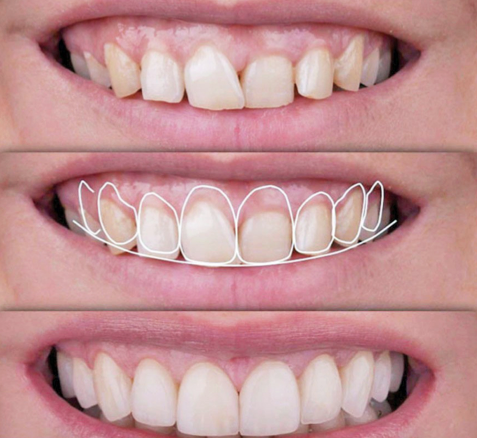 Broken tooth – Dental fractures
Broken tooth – Dental fractures
One of the most common visits to the emergency dentist is due to a tooth fracture . That is why it is another of the most common conditions that general dentistry takes care of. Sometimes a broken tooth can cause great pain or aesthetic problems for the patient, in addition to the worry that it may be something more serious than expected.
In most cases this is solved with minimally invasive treatments, using aesthetic materials. They are usually suitable treatments for less severe cases, although in some cases the placement of crowns and even tooth extraction could be the only solution.
One of the most performed treatments is dental veneers.
What are dental veneers?
Veneers are a cosmetic dentistry treatment to improve the appearance of your smile. They modify the aesthetic front of the teeth, using materials that perfectly imitate the shape and color of natural teeth.
Dentist Specialist in Aesthetics
Rocio Laureano. Juan José Sena
SPLINTS
UNLOADING SPLINT – OCCLUSAL DEPROGRAMMING
Use of occlusal splints in patients with temporomandibular disorders
Temporomandibular disorders (TMD) constitute a set of musculoskeletal conditions that affect the temporomandibular joint (TMJ), muscles of mastication and adjacent anatomical structures.
The causes of this disorder are multiple and among them are local factors such as missing teeth, poorly fitting prosthesis restorations, dental malocclusion, trauma, bruxism, rheumatoid arthritis, exaggerated increase in joint movement, Ehlers Danlos syndrome, and stress as the main element; There are also other factors such as the growth and development of the jaws.
One of the most used tools for the treatment of patients with TMD and bruxism are occlusal splints. These devices have been used to deprogram and modify sensory stimulation, reduce the electromyographic activity of the mandibular and cervical elevator muscles, reduce hyperactivity and muscle pain, achieve occlusal stability, as well as manipulate the mandibular position in order to improve the relationship structural of the TMJ

What are occlusal splints?
Occlusal splints are removable appliances; they fit most of the time on the teeth of the upper jaw. This treatment, considered non-invasive and reversible, may be useful to treat those with TMD, given its beneficial, restorative and relaxing effect on the structures of the stomatognathic system.
Its objective is to modify the patient's occlusion. It consists of a plastic oral appliance that is placed in one of the dental arches to prevent teeth from coming into contact with each other, it brings the jaw to a jointly appropriate position when biting on it, it helps to "forget" inappropriate jaw positions and incorrect movements of the teeth when held clenched, or prevent tooth wear ( bruxism )bruxismo)
SLEEP SPLINTS - APNEA
Obstructive Sleep Apnea Syndrome ( OSAS ) affects breathing during sleep, which is interrupted, negatively impacting the quality of rest and producing continuous micro-awakenings. The length of these pauses can vary from a few seconds to several minutes and may involve complete pauses or sometimes simply breathing that becomes slower and shallower. Periods of air interruption can be longer than ten seconds and can last up to two minutes. The asphyxiation it produces awakens the individual, in a process that can be repeated between 300 and 400 times in the same night.
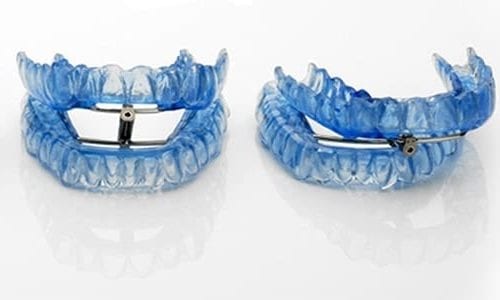
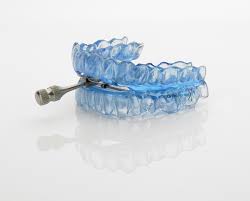
What is the Sleep Apnea splint?
Patients with mild or moderate apnea have the option of undergoing treatment with Mandibular Advancement Devices (MAD) to treat their breathing difficulty during rest. These devices arise from interdisciplinary work between professionals specializing in Oral Sleep Medicine and dental professionals. DAMs, like sleepApnea , consist of splints made of a plastic material and tailored to the patient's arch. Its function is none other than to maintain an opening of the upper airway during rest, preventing snoring and apnea. An oral device is placed on the teeth that is designed to keep the throat open by holding the tongue and lower jaw forward.
SPORTS SPLINTS - PROTECTIVE
Dental splints are manufactured devices that completely or partially cover the dental arches. Its function is to protect the teeth during the practice of certain physical exercises, such as the following sports: rugby , boxing , hockey , basketball , polo , etc.
Personalized mouthguards or sports splints are made by the dentist in a completely individualized way, they adapt and adjust perfectly to the dental and jaw anatomy, so they are much more comfortable and do not fall, in addition, they remain in the original position and respect the normal occlusion of the patient without ceasing to fulfill its main mission: to effectively protect the teeth and soft tissues of the mouth.
